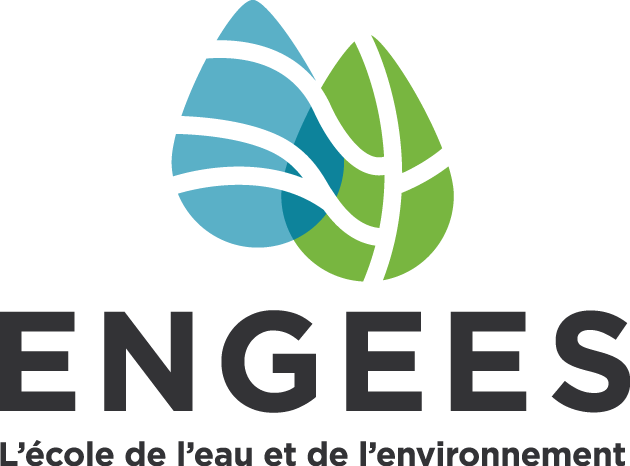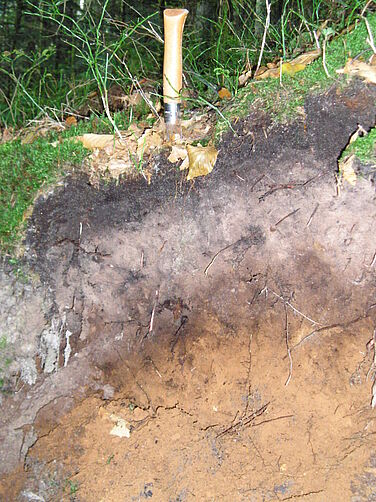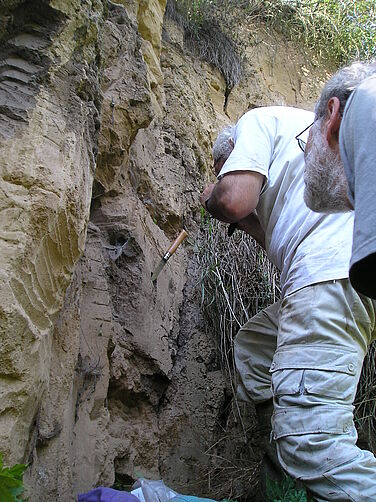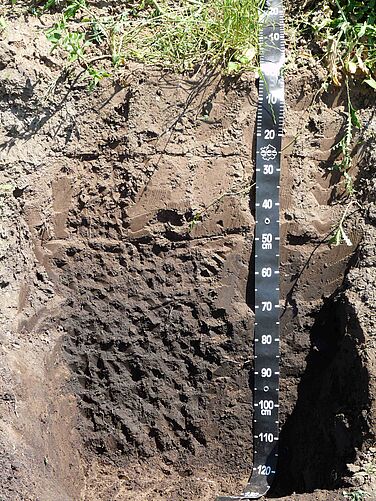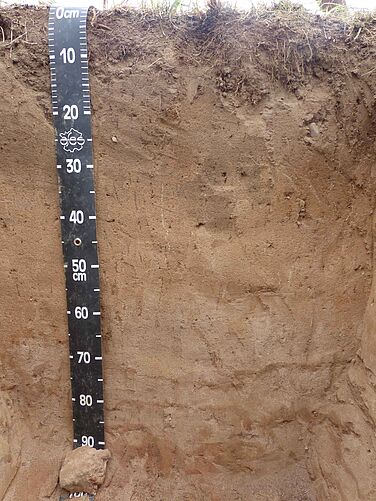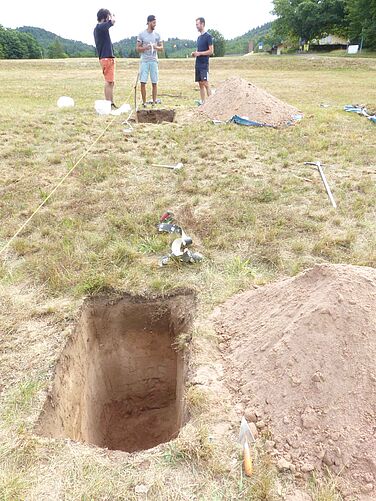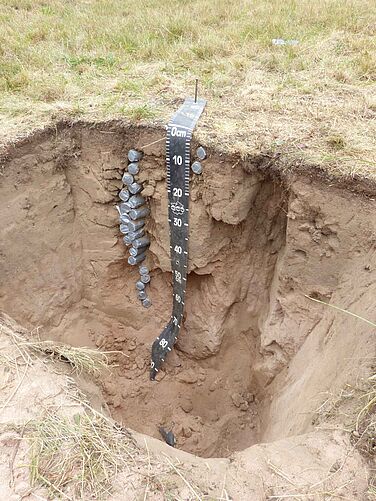

Overview
This research theme aims to study soils and paleosols to reconstruct environmental dynamics on various time scales:
- Pleistocene paleosols in large sedimentary sequences;
- Holocene soils and paleosols in archaeological contexts;
- Functional soils linked to agrarian, landscape and ecological dynamics.
At the crossroads of geography, archaeology and soil science, it involves researchers and teacher-researchers in physical geography. The presence of several geoarchaeology specialists working in preventive archaeology organisations (INRAP, Archéologie Alsace, Antea Archéologie) is a strength of the landscape dynamics axis.
Research objectives
(1) Dynamics of human-environment relationships at various temporal scales;
(2) Development of innovative methods for studying environmental archives (infrared spectroscopy, microscopy);
(3) Better understanding of archaeological sites and their environment.
Projects
- OHM Bitche – 2019-2022 – Histoire des paysages dans le Pays de Bitche : approches géographiques sur les derniers cycles de déprises agraire (PI = LIVE ; Fundings: Observatoire Homme-Milieu du pays de Bitche)
- RASTER – 2019-2021 – Reconnaissance d’Anciennes Structures agraires à partir de données de Télédétection (PI = LIVE ; Fundings: IDEX Attractivité)
Some publications
Ertlen D., 2022. Continuous and nested time in historical ecology: application to soil studies. In Historical Ecology: Learning from the Past to Understand the Present and Forecast the Future of Ecosystems, Decocq G. (ed), ISTE Science publishing, Londres, 99-109.
Brasseur B., Ertlen D., Robin V., 2022. Soil archives: where soilscape history meets present-day ecosystems. In Historical Ecology: Learning from the Past to Understand the Present and Forecast the Future of Ecosystems, Decocq G. (ed), ISTE Science publishing, Londres, 85-97.
Schwartz D., Robin V., Adam P., Schaeffer P., Gebhart A., Herrault P.-A, Keller B., Dapiaggi D., Stevenel C., Thiss M., Trautmann M., Ertlen D., 2020. Les géosciences au service de l’archéologie agraire. Une étude de cas sur les rideaux de culture de Goldbach (68). Archimède : archéologie et histoire ancienne, 7, 205-216.
Strouhalová B., Gebhardt A., Ertlen D., Šefrna L., Flašarová K., Kolařík P., Schwartz D., 2020. From chernozem to luvisol or from luvisol to chernozem? A discussion about the relationships and limits of the two types of soils. A case study of the soil catena of Hrušov, Czechia. Geografie, 125, 4, 473‑500.
Strouhalova B., Ertlen D., Šefrna L., Novak T.J., Viragh K., Schwartz D., 2019. Assessing the vegetation history of European chernozems through qualitative near infrared spectroscopy. Quaternaire, 30, 3, 227-241.
Gebhardt A., Champougny A., Wuscher P. 2018. Soil dessiccation and degradation during the Subatlantic: towards an antic soil marker (reference layer) in North-Eastern France (Lorraine, Alsace), ArchéoSciences. 31 décembre 2018. N° 2018pp. 77-94. DOI 10.4000/archeosciences.5954.
Ertlen D., Schneider N., 2018. Séquences sédimentaires du Pléistocène supérieur et de l’Holocène : données récentes dans la partie alsacienne du fossé rhénan supérieur (France). Quaternaire, 29, 2, 149-167.
Ertlen D., Froehlicher L., Dottori B., Schwartz D., 2017. Reconstitution de la dynamique forestière par l’analyse de la matière organique des sols par spectroscopie dans le proche infrarouge : l’exemple d’un terroir médiéval abandonné, l’Elmerforst (67, France). Revue Forestière Francaise, 69, 4, p. 455-466.
Vysloužilová B., Ertlen D., Schwartz D., Šefrna L., 2016. Chernozem. From concept to classification: a review. Acta Universitatis Carolinae. Geographica. Univerzita Karlova, 51, 1, 85-95.
Froehlicher L., Schwartz D., Ertlen D., Trautmann M., 2016. Hedges, colluvium and Lynchets along a reference toposequence (Habsheim, Alsace, France): History of erosion in a loess area. Quaternaire, 27, 2, 173-185.
Ertlen D., Schwartz D., Brunet D., Trendel J.-M., Adam P. & Schaeffer P. 2015. Qualitative near infrared spectroscopy, a new tool to recognize past vegetation signature in soil organic matter. Soil Biology and Biochemistry,82, 127-134.
Vyslouzilova B., Ertlen D., Sefrna L., Novàk T., Viragh K., Rué M., Campaner A., Dreslerovà D. et Schwartz D., 2015. Investigation of vegetation history of the chernozem buried in the Holocene with the method of near-infrared spectroscopy (NIRS): Quaternary International, 365, 203-211.
Gebhardt, A., Schwartz D., Ertlen D., Campaner A., Meyer N., Langhor R., 2015. Impacts des anciennes activités humaines dans les sols vosgiens actuellement sous couvert forestier. Revue du Nord, 23, Hors-Série, Collection Art et Archéologie, 59-71.
Photo gallery
Contacts
Dr. Damien ERTLEN, geoarchaeologist
University of Strasbourg, Faculty of Geography
damien.ertlen[at]live-cnrs.unistra.fr
Dr. Anne GEBHARDT-EVEN, geoarchaeologist
Institut National de la Rcherche Préventive (INRAP)
anne.gebhardt-even[at]inrap.fr

